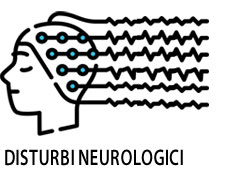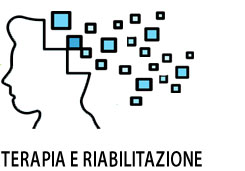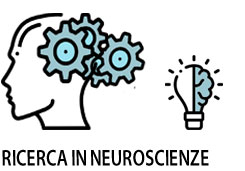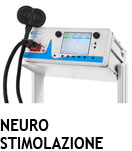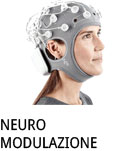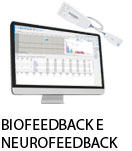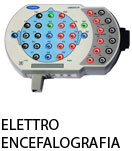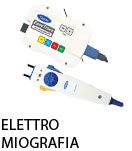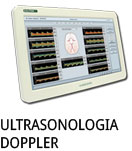- +39 011 5821948
- info@geasoluzioni.it
- Lun - Ven 8:00 - 17:30
Pubblicazioni
TMS-related potentials and artifacts in combined TMS-EEG measurements: Comparison of three different TMS devices
- Abstract:
- Simultaneous use of transcranial magnetic stimulation (TMS) and electroencephalography (EEG) allows the measurement of TMS-induced cortical activity. A challenge in the interpretation of the cortical responses to TMS pulses is the differentiation between stimulation artifacts and cortical signals. Thus, we investigated TMS-evoked potentials and artifacts with respect to different TMS devices. METHODS: Physical properties of the magnetic field produced by a MagStim(®), Magventure(®) and Deymed(®) stimulator were determined. Six subjects were stimulated over the left motor cortex hot spot of the right index finger 42 times with 120% motor threshold, while wearing a 60-electrode EEG cap. RESULTS: For each device we found a linear increase of field strength with a linear increase of machine output. The Magventure(®) system differed from the MagStim(®) and the Deymed(®) system with respect to field strength (higher), magnetic flux duration (shorter), motor threshold (lower), recovery time from the TMS artifact (shorter), motor evoked potentials (MEPs) latency (shorter), and had a reversed first artifact trajectory. There were no differences with respect to validity of the MEPs (number of valid epochs), MEP amplitudes, latency or amplitude of the second TMS artifact, or latency or amplitude of TMS-evoked potentials (TEPs). CONCLUSIONS: All of the used devices are well suited for TMS-EEG measurements, but the technical differences (e.g., pulse length) should be taken into account for the interpretation of the results of these experiments. Our results further confirm that adjustment of the stimulation intensity according to individual motor threshold seems to be an effective method to obtain comparable MEP and TEP amplitudes with different stimulation devices.
- Patologie/Applicazioni:
- Anno:
- 2015
- Tipo di pubblicazione:
- Articolo
- Parola chiave:
- stimolazione magnetica transcranica
- Testata scientifica:
- Clinical Neurophysiology
- DOI:
- 10.1016/j.neucli.2015.02.002
La nostra storia
GEA soluzioni si affaccia nel 2013 al mercato della strumentazione medicale di alto livello tecnologico ma la sua storia parte da più lontano, clicca qui per approfondire.
GEA SOLUZIONI SRL
via Issiglio 95/10, Torino
Tel.: 011 5821948 / 011 4463853
Fax: 011 0433281
Email: info @ geasoluzioni.it
P. IVA IT11696920013
REA TO1233648

